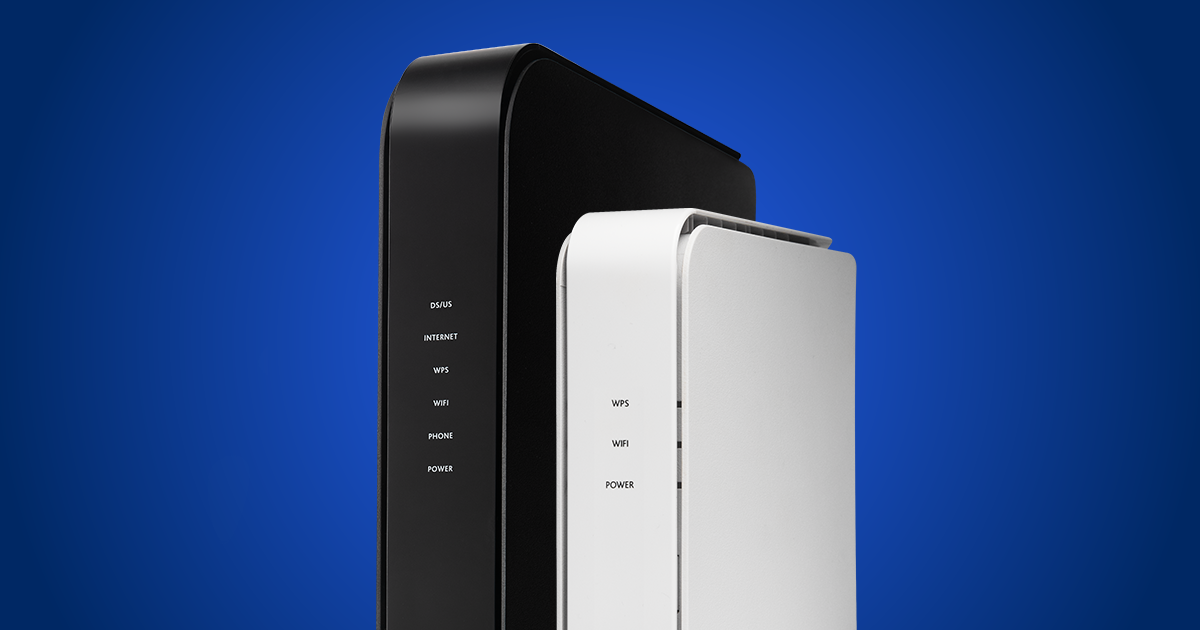Optimum Explains 5 Gig, 5G and 5GHz Wi-Fi
By: Vincent Totino
Read Time: 4 min.
September 18, 2025
Want to get more out of your home Internet?
You’re not alone if you believe that 5 Gig Internet and 5G mobile data are the same, especially as 5 Gig Internet is often referred to as “5G.” 5GHz adds even more confusion. Branding and marketing have resulted in some uncertainty among consumers because all these terms are tech-related and sound very similar.
The simplest explanation is that 5 Gig is an ultra-fast fiber to the home (FTTH) Internet, which provides powerful network performance and speed. It is also known as 5 Gbps (Gigabit per second).
5G, on the other hand, refers to the fifth generation of cell phone networks that mobile carriers are installing.
5 GHz is short for five gigahertz. It is 5 billion Hertz (cycles per second) and refers to one of the Wi-Fi frequency bands that you might have in your home or office.

5 Gig vs. 5G vs. 5GHz
What is 5 Gig or 5 Gbps?
5 Gig, or 5 Gbps, is available on Optimum’s Fiber network, and is equivalent to 5,000 Megabits per second (Mbps.)
Upload and download speeds this fast are perfect for elite gamers, influencers, and anyone who wants one of the fastest Internet products available by a major provider. People can build content and livestream quicker than ever.. This speed also offers the necessary functionality and dependability for individuals to manage online operations for their business or to operate smart home devices without lag.
What is 5 Gig or 5 Gbps?
What is 5G?
What is 5G?
5G is the global wireless standard that follows 1G, 2G, 3G, and 4G (LTE) networks. It is designed to connect machines, objects, devices, and virtually everyone. The average 5G speeds range from 75 – 400 Mbps with a top speed of 1 Gbps. However, speed is dependent upon your proximity to a 5G tower and whether the local tower is handling a lot of traffic.
5G offers low latency, more reliability, increased availability, and network capacity that allows for a more uniform user experience for those using their mobile phones or 5G-capable fixed wireless routers. 5G encodes data through the air, a more efficient method than previous generations.
5G allows more data to be packed into one radio cycle and can incorporate more mobile devices per square mile than 4G,because this technology uses more advanced computing power Users must have a newer phone to access 5G networks, regardless of the radio band being used.
What about 5GE?
5GE refers to 5G Evolution. This technology was first introduced by AT&T in 2018, and the company stated that users could reach speeds of 400 Mbps. After much research, it turned out that 5GE was actually 4G LTE and is slower than actual 5G.
What about 5GE?
What is 5GHz WiFi?
Key 5G Takeaways:
Key Wifi Takeaways:
What is 5GHz WiFi?
WiFi currently comes in two frequencies, 2.4 GHz and 5 GHz. 2.4 GHz is the default for most devices, resulting in decreased speeds but more availability throughout the house or office. It has only three available channels and is utilized by Bluetooth, remote controls, and microwave ovens. It can overload quickly, which can impact speed.
5GHz offers faster speeds than 2.4 GHz and can penetrate through network clutter disturbances and interferences to maximize network performance. Despite this, its range is shorter than that of 2.4 GHz, and it often struggles to travel through solid objects such as walls.
5GHz WiFi does not broadcast 5G cellular signals and cannot connect to them. It is unrelated to the mobile network standard of 5G.
Key 5G Takeaways:
- Cellular 5G refers to the fifth-generation technology standard for cellular networks.
- Cellular 5G is completely different from 5 Gig Fiber.
- Cellular 5G offers higher speed, lower latency than 4G LTE.
- Both 5G-based Internet access, and 5Gbps speed on Fiber can leverage the WiFi capability built on the Internet CPE (5G router, or fiber Gateway) to provide WiFi coverage operating on the 5 GHz frequency.
Key Wifi Takeaways:
- 5 Gig Wifi refers to the 5 Ghz radio frequency used in broadband gateways.
- Both 5G cellular and 5 GHz WiFi signals have shorter range of coverage (compared to 4G LTE cellular, or 2.4GHz WiFi) but are speedy if you can get the signal.
- Both 5G and 5 Ghz Wifi have trouble penetrating objects and walls.
We hope this article helped clear up any questions you might have about various Internet speeds and mobile services!
Want to get more out of your home Internet? Looking for a new Mobile Phone Provider?





